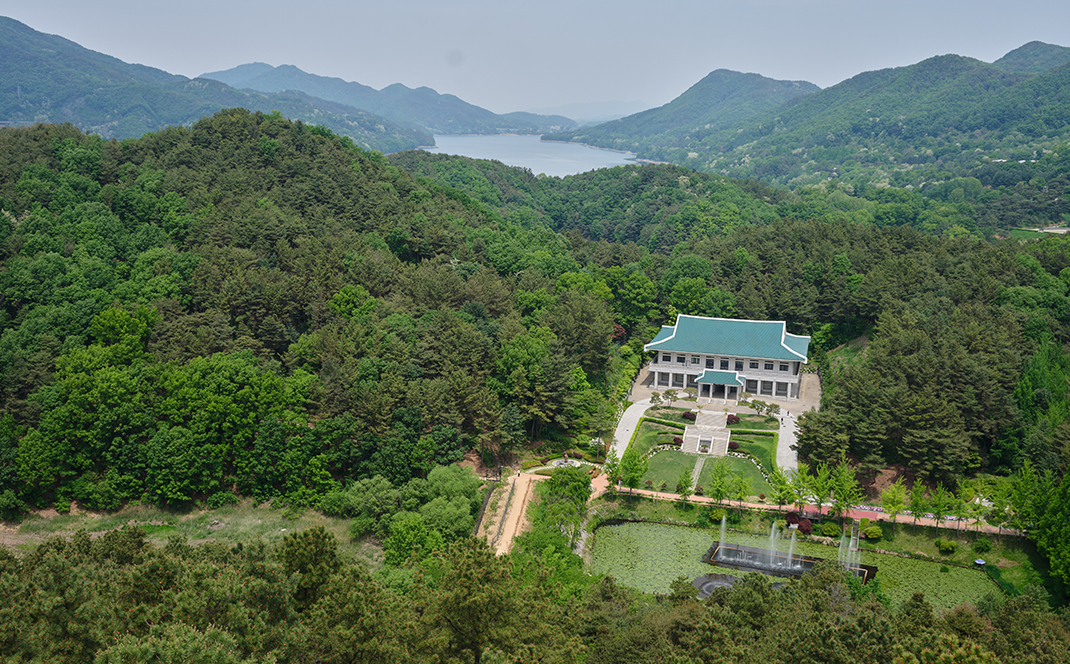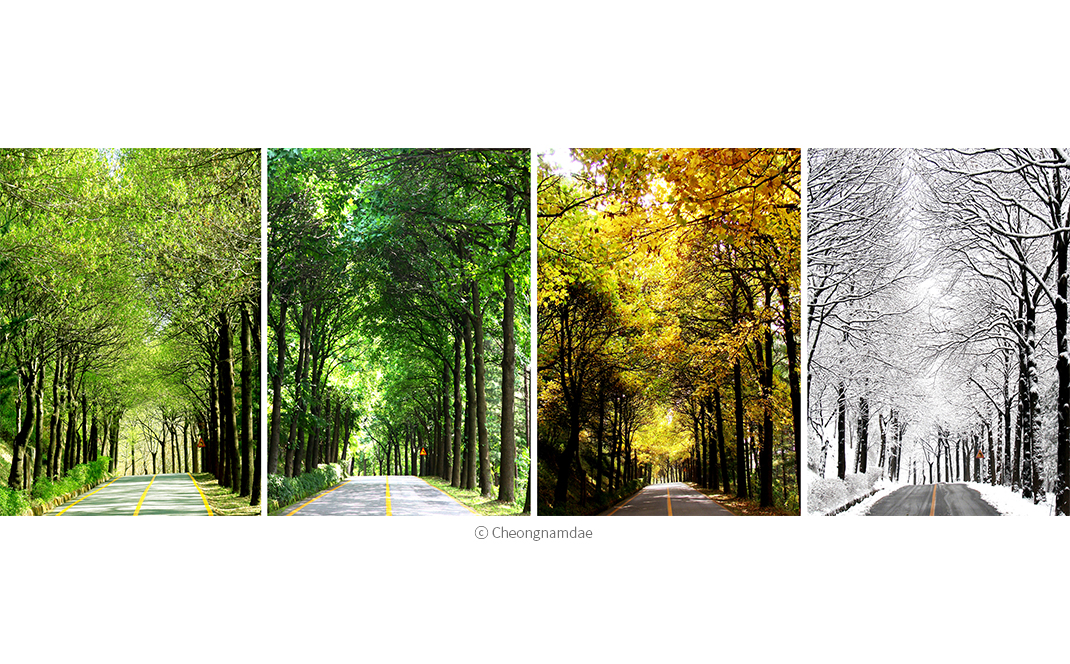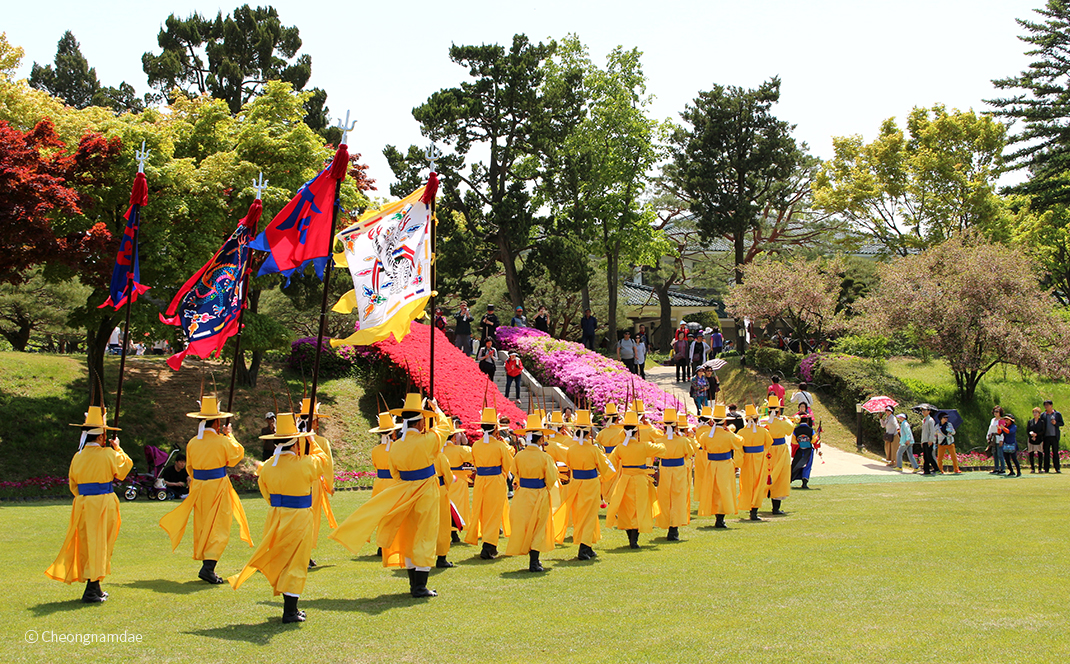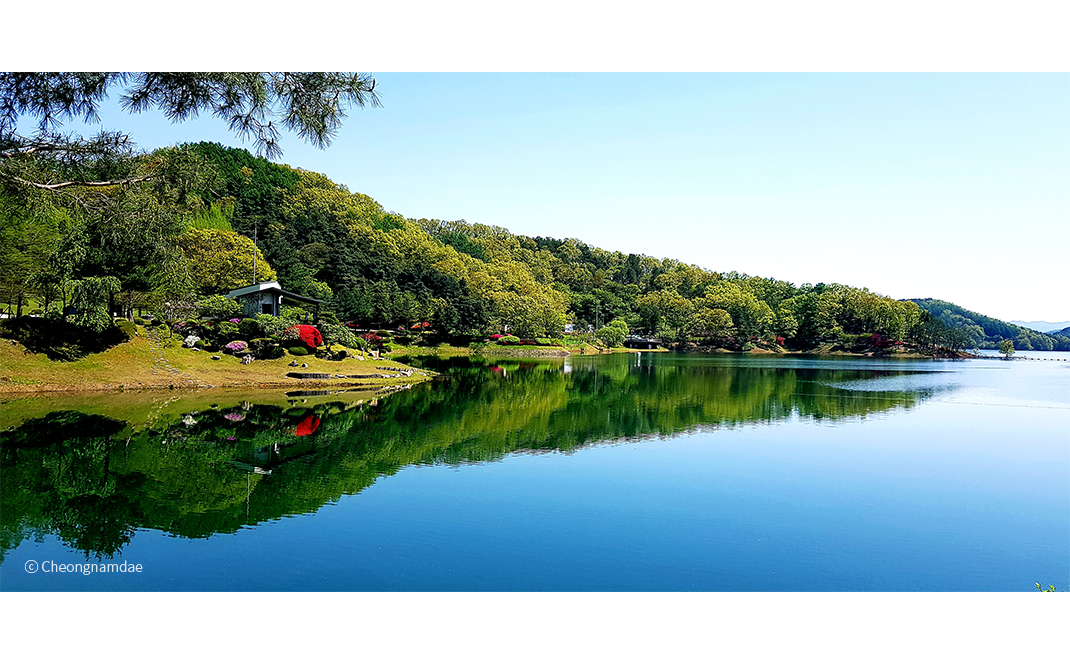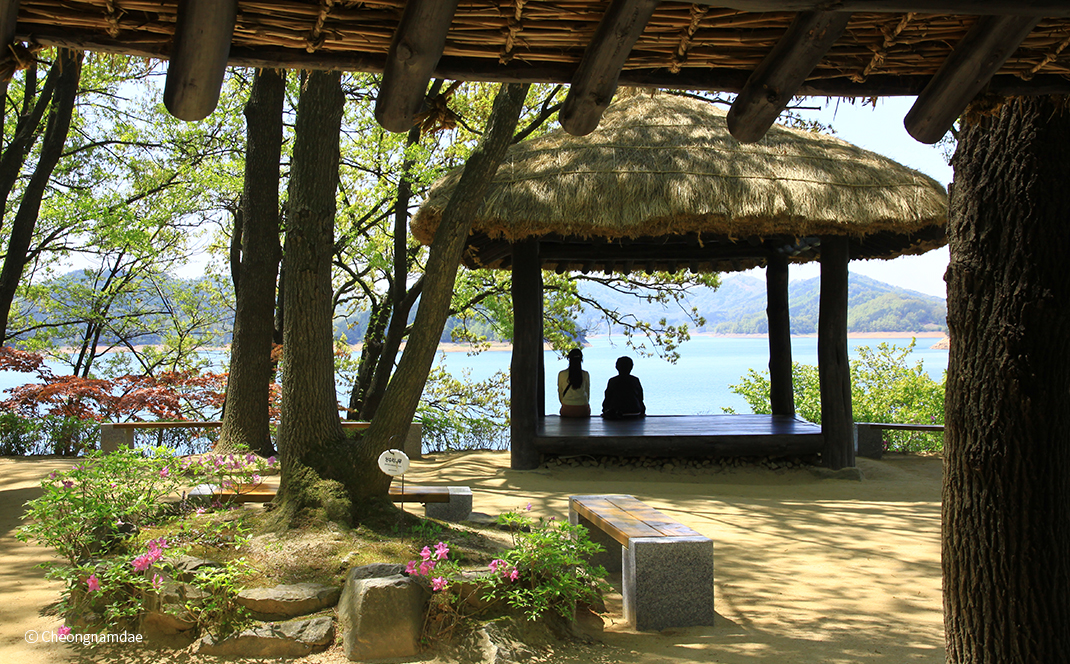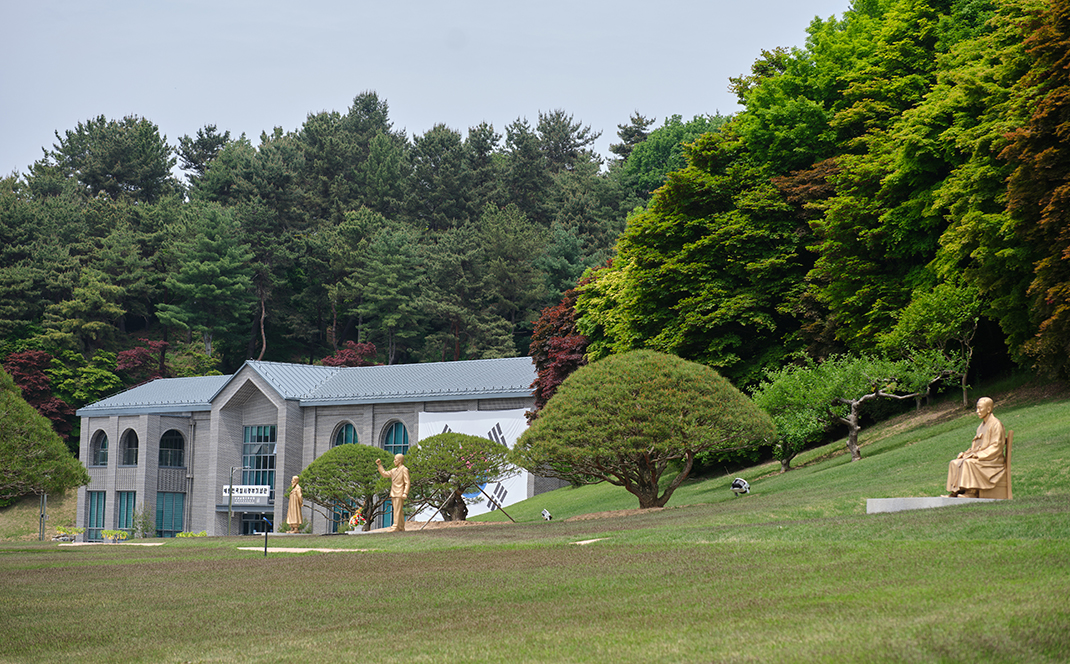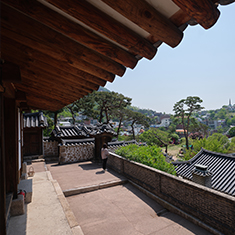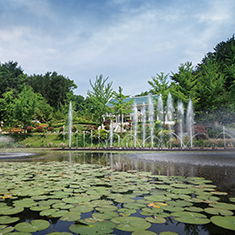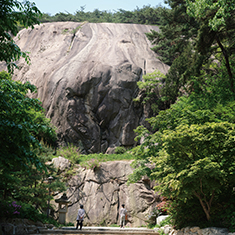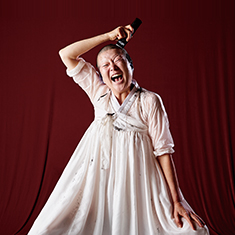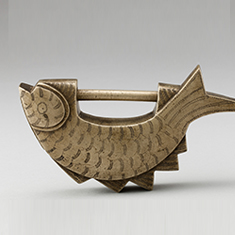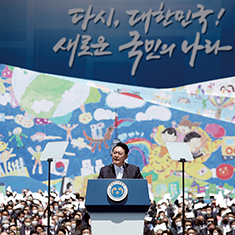A Leisure
Space for All
Once a Symbol of Authoritarianism,
Cheongnamdae Is Now the Public’s Space
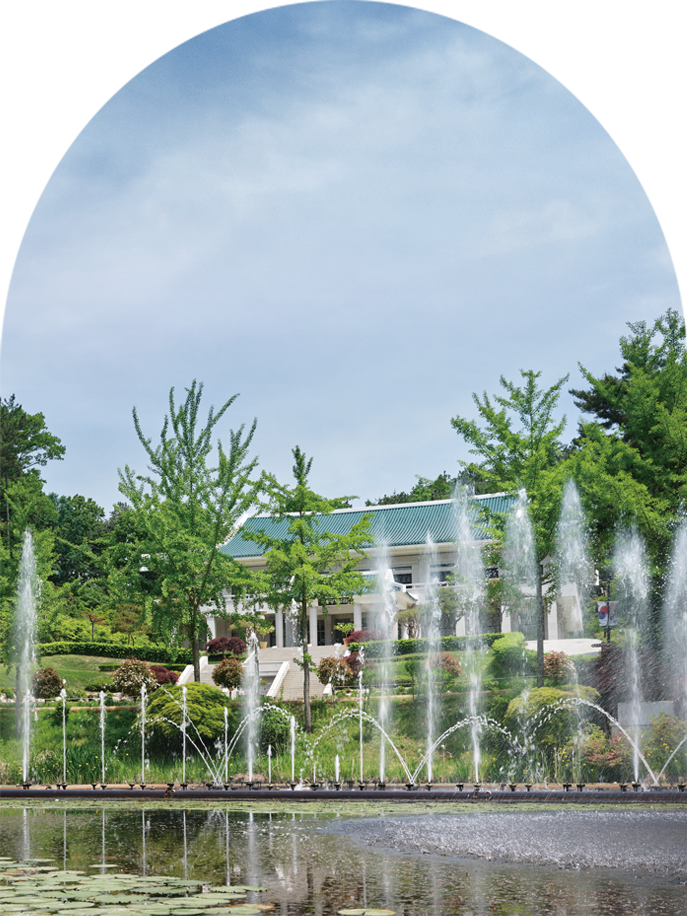
WRITTEN BY
Yoo Tae-jong,
manager of Cheongnamdae
Photographed by
Kim Byounggu
Cheong Wa Dae was opened to the public on May 10 after 74 years serving as Korea’s presidential office. But 19 years earlier, in 2003, a previously off-limits secret garden was also unlocked to the public. This was the official presidential villa of Cheongnamdae, which was once closed behind tight security as a presidential facility.
A Veiled Retreat
The presidential villa Cheongnamdae began with a few simple words. “It would be nice to have a villa around here.” That’s what former President Chun Doo-hwan said in 1980 at the completion ceremony of Daecheong Dam, looking down from an observatory at the dam and falling in love with the scenery of Daecheong Lake in Cheongju, Chungcheongbuk-do Province. Just six months later, Cheongnamdae was complete. This is to say, behind the birth of Cheongnamdae was absolute power.
Prior to being opened to the public, almost nothing was known about Cheongnamdae. Not even basic information such as its location or size was made public as the villa was designated a top national security facility in accordance with presidential security regulations.
For two decades, five presidents―Chun, Roh Tae-woo, Kim Young-sam, Kim Dae-jung and Roh Moo-hyun―visited the villa 88 times, spending a combined 471 days and 366 nights at the villa during 88 visits.
Each president enjoyed their time at the villa in different ways. Some president enjoyed sports like soccer, golf or tennis, while other passed the time quietly with calligraphy, reading or contemplation.
In particular, former President Kim Young-sam really loved Cheongnamdae, spending his summer holidays there throughout his term. He would make his political plans there, too, resulting in the political catchphrase “Cheongnamdae Conception.” Some of Kim’s major policies such as mandating the use of real names for financial transactions and his historical rectification campaign were conceived at Cheongnamdae.
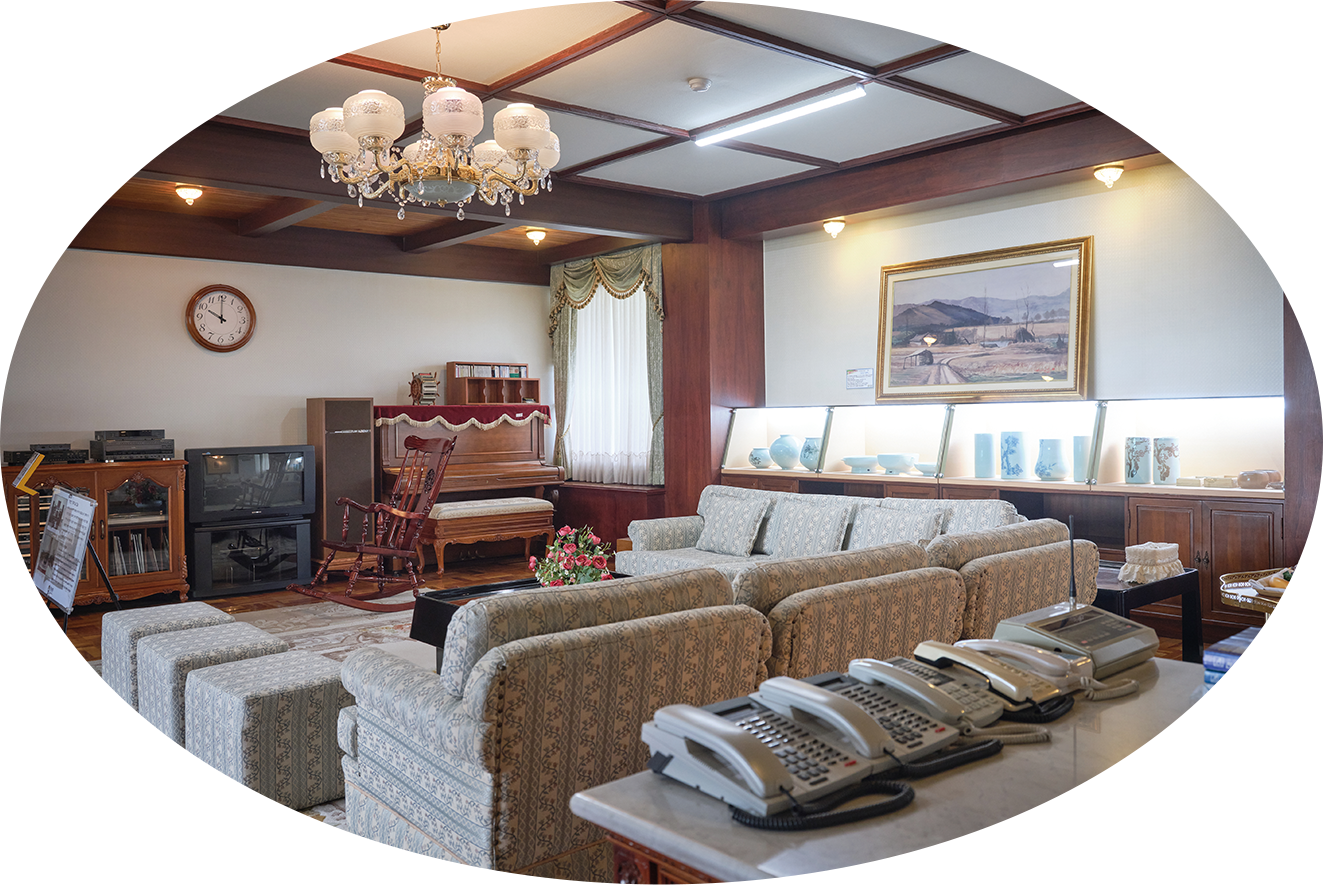
Korea’s presidents used this living room in the main hall of Cheongnamdae.
Unlocking a Closed Space
Likewise, a few simple words by former President Roh Moo-hyun were enough to return the strictly off-limits Cheongnamdae to the people. In March of 2003, just a month after his inauguration, he said, “I will return Cheongnamdae to the public.” Finally, on Apr. 14 of that year, Cheongnamdae opened its doors to the general public.
People who passed through the iron gates of Cheongnamdae full of expectations and curiosity were a bit let down, actually. People imagined a modern palace so luxurious that there were rumors of gold faucets. Instead, Cheongnamdae is rather simple and humble.
However, if you look away from the building and towards the surroundings, you’ll notice Cheongnamdae’s true virtue: it’s beautiful scenery. As you gaze upon the spectacular natural scenery, surrounded by Daecheong Lake, you can fully understand the former presidents who built a villa and took their breaks here.
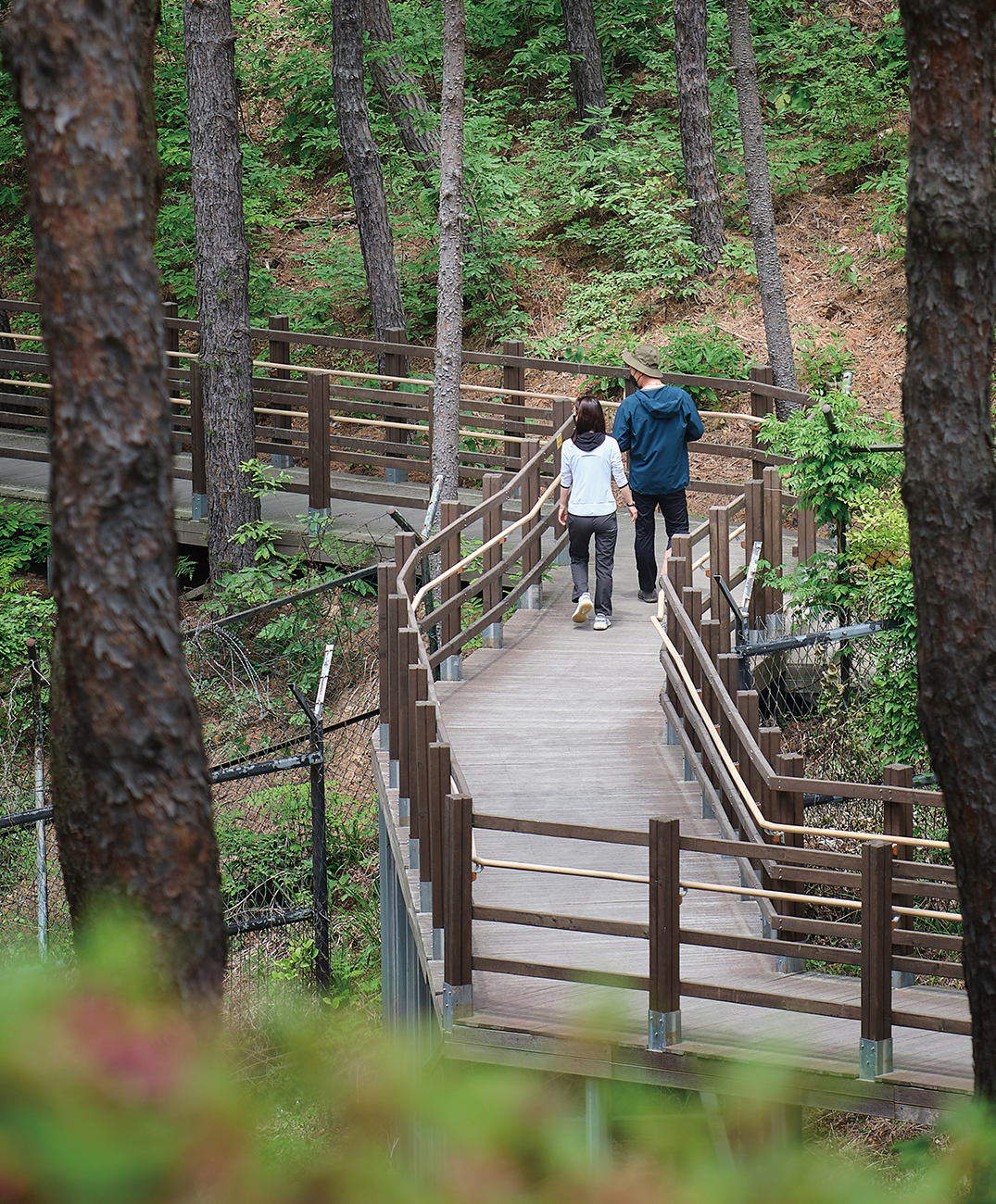
Visitors walk along a trail at Cheongnamdae.
From Presidential Retreat to Public Retreat
Once a symbol of the secrecy of state power, Cheongnamdae is now an icon of openness, and a beloved public retreat.
A new use has been found for the space where presidents once stayed. Time in the main building stopped on Apr. 18, 2003, the day the villa was opened to the public. It remains just as it was when presidents stayed there, giving visitors a chance to see how presidents relax.
The annex, the Presidential Memorial Hall, has a list of Korea’s presidents, helping visitors understand Korea’s long presidential history. On display are the items and tableware used by Korea’s presidents throughout history, and gifts they received from foreign leaders during overseas trips. One of more popular spots is a photo zone that recreates the presidential office, allowing visitors a chance to snap photos of their presidential side.
In the Presidential Memorial Hall, a microcosm of Cheong Wa Dae’s main hall, there are large-scale archival portraits of Korea’s presidents from Rhee Syngman to Lee Myung-bak, teaching visitors about their lives and accomplishments. In the basement is a space where you can be president for a day, with mockups of the Cabinet meeting room, the presidential podium and an international summit space.
The most recent building is the memorial hall for the Provisional Government of the Republic of Korea, which opened in April. The space encapsulates the lives, accomplishments and independence activities of eight leaders of the Provisional Government, the basis of today’s government. The newest hall makes Cheongnamdae a historical space that brings together modern and contemporary histories.
There are festivals that celebrate the beautiful natural scenery, too. Cheongnamdae hosts a cherry blossom festival in April and chrysanthemum festival in October. It also hosts a jazz festival against the fantastic scenery of Daecheong Lake as the sun goes down.
Once the exclusive preserve of Korea’s top leaders, this secret space is now a public retreat that unlocks Daecheong Lake’s natural scenery to sooth the public’s fatigue and a commemorative space where you can see reminders of history.
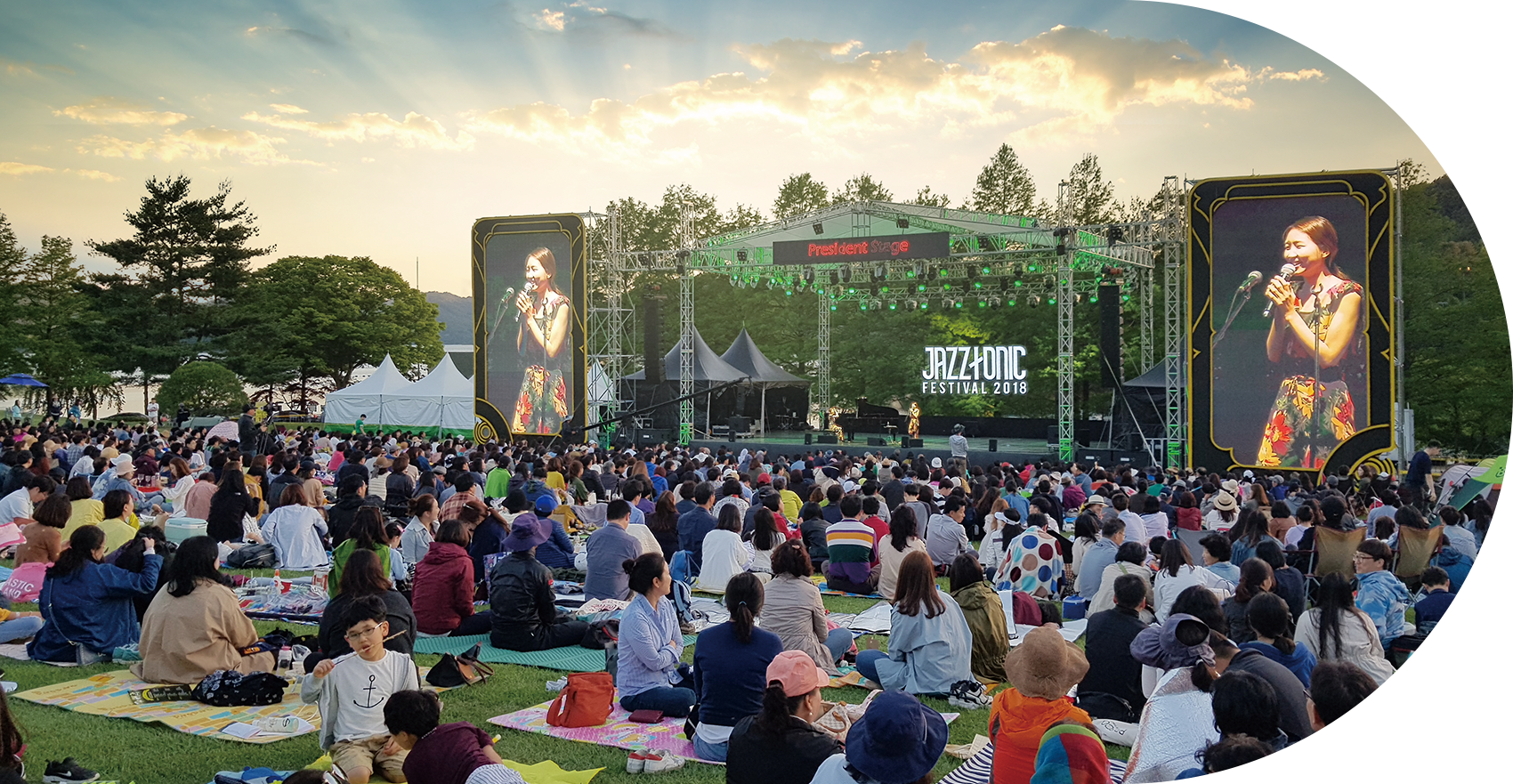
Audience enjoys the Jazz Tonic Festival at Cheongnamdae. © Cheongnamdae

